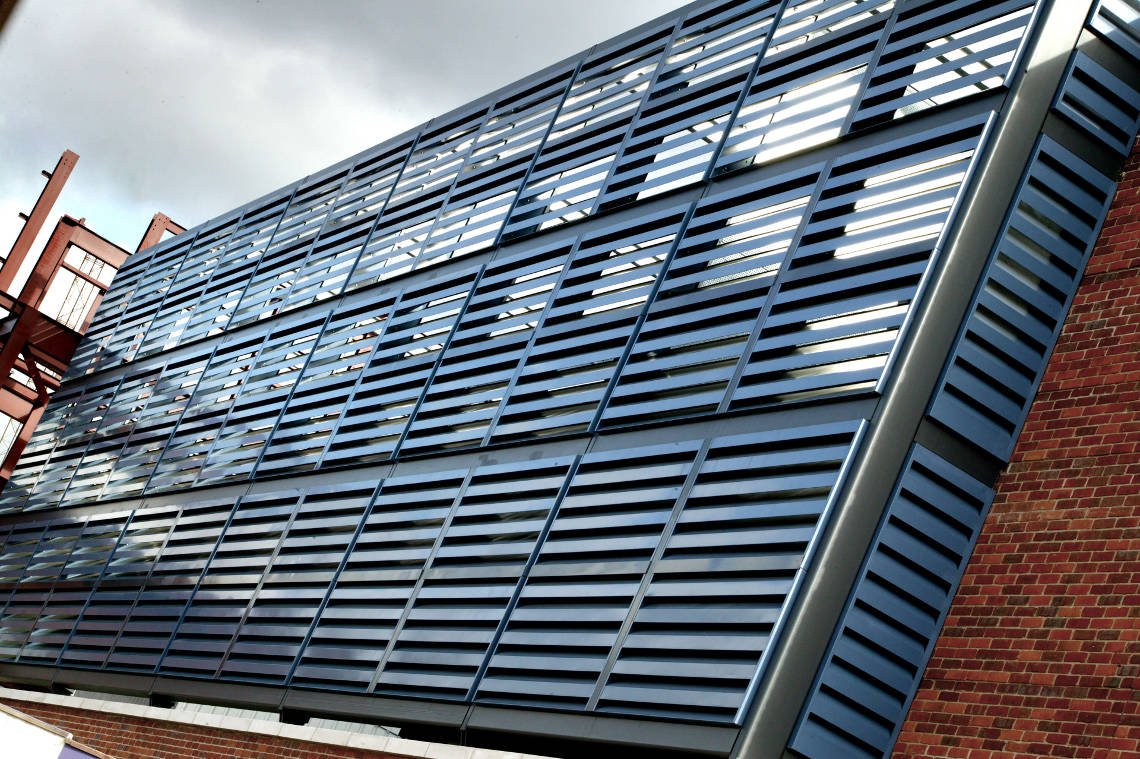Hurricane Louvers: Protection and Performance Essentials
During hurricane season, protecting buildings from hurricane damage is on everyone’s mind. The only issue is, it can be a bit of a complicated process that involves addressing almost every area of the building.
But the use of hurricane louvers can actually make a huge impact on the residential and commercial buildings.
Let’s take a look at some performance essentials for hurricane louvers.
The Role of Hurricane Louvers
Average, everyday storm louvers have thinner, less durable blades mainly used to stop high levels of wind and rain, but they are not suitable for hurricanes.
Hurricane Louvers, however, are typically used to cover either windows, ventilation exhaust openings, air intake vents, or other openings on the exterior of a building—and are essentially metal screens for air to get through.
They use stronger and more durable metal blades—which are more tightly spaced—that help deflect strong winds, rains, and forms of debris away from the openings of buildings and buildings facade.
The best hurricane louvers, though, will feature gutters in the blades that redirect water and drain it back outside and away from the building.
Hurricane Louvers are Non-Negotiable
Air can generally come and go with traditional louvers, but buildings may find it difficult to endure hurricane level winds and storms without storm-proof hurricane louvers.
The reason is, wind-driven rain is more likely to rush through regular building ventilation openings during these storms. The ventilation openings cannot be closed off either, because there needs to be some way for fresh air to access the building interior. In fact, air intake vents may malfunction or be unsafe, so natural air ventilation is required.
Because drainable hurricane louvers are much more effective at preventing water penetration, it’s recommended that property owners find hurricane louvers that meet the highest standards.
Hurricane Standards for Louvers
There are a number of certifications and standards you can use to verify the efficacy of louvers during a hurricane. These include certifications that testify louvers have been third-party tested and are capable of withstanding winds up to certain speeds—like those commonly occuring in hurricanes. In addition, they speak to the fact that the louvers possess a certain level of impact resistance.
These certifications are verifications from the following agencies:
Miami-Dade County
The Florida Building Commision
The Air Movement and Control Association
However, the official certifications you should look for include:
ASTM E1886 and ASTM E1996, which measure impact and pressure.
TAS-201, TAS-202, TAS-203, and TAS-100A, which are designed for high-velocity hurricane zones
AMCA 540, which measures windborne debris impact resistance
AMCA-500-L, which tests for wind-driven rain resistance
AMCA 550, which tests for high-velocity wind-driven rain resistance
Having any combination of these tests and certifications means that your louvers are established as high-quality louvers in the event of a hurricane.
Aire Renaissance by OSA Makes Superior Hurricane Louvers
If you want the best hurricane louvers on the market, look no further than Aire Renaissance by OSA.
We make high-quality storm-resistant, drainable louver that have all the requisites and certifications to withstand hurricane force winds and rain-driven wind and debris.
In addition, all of our louvers are customized to meet stylistic designs—all of which have been designed by some of the best designers and architects in the industry.
And when it comes to hurricane louvers, you can’t take any chances on quality.
Contact us today to learn more about our products and hurricane louvers offered at Aire Renaissance by OSA.



